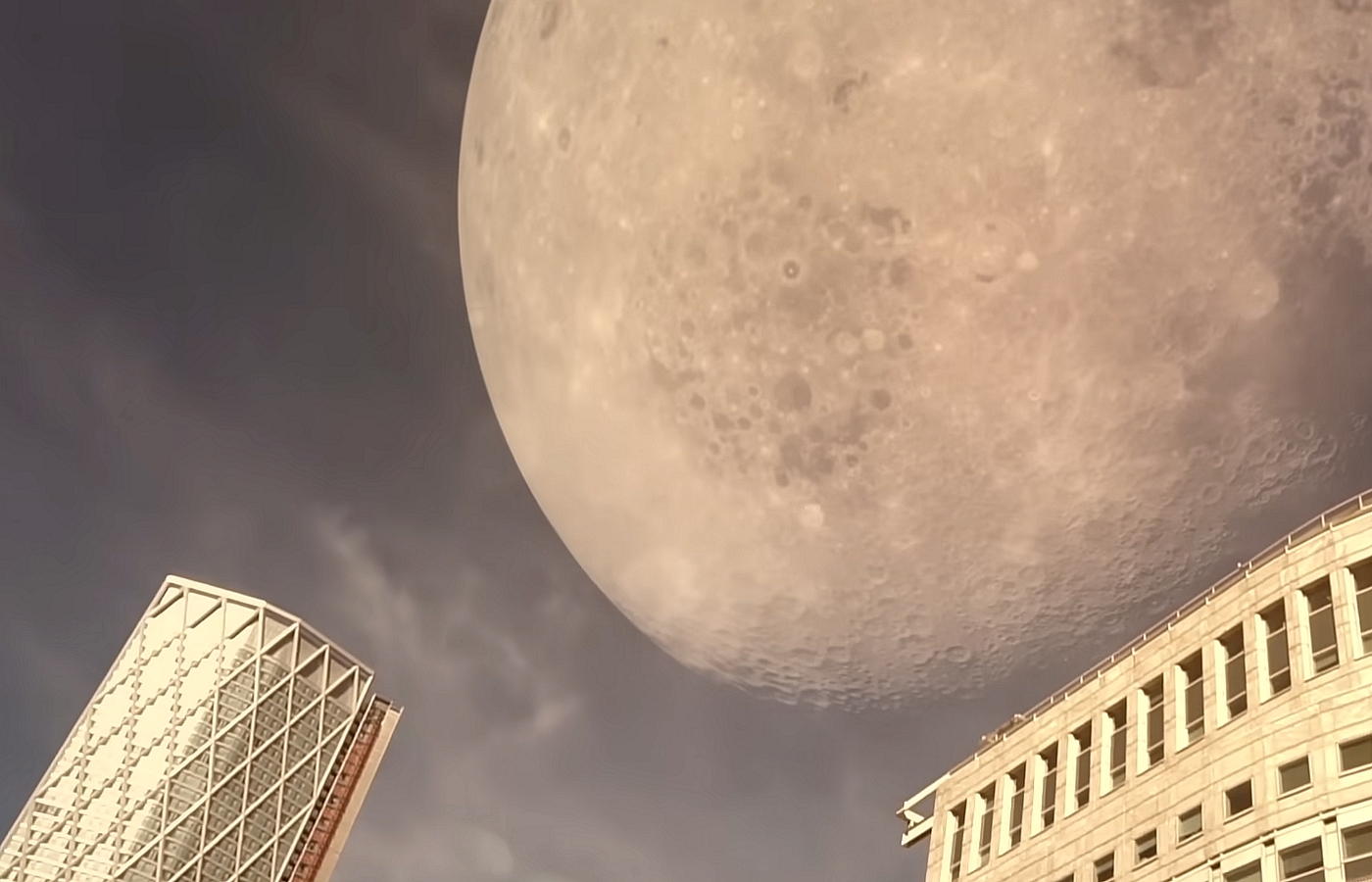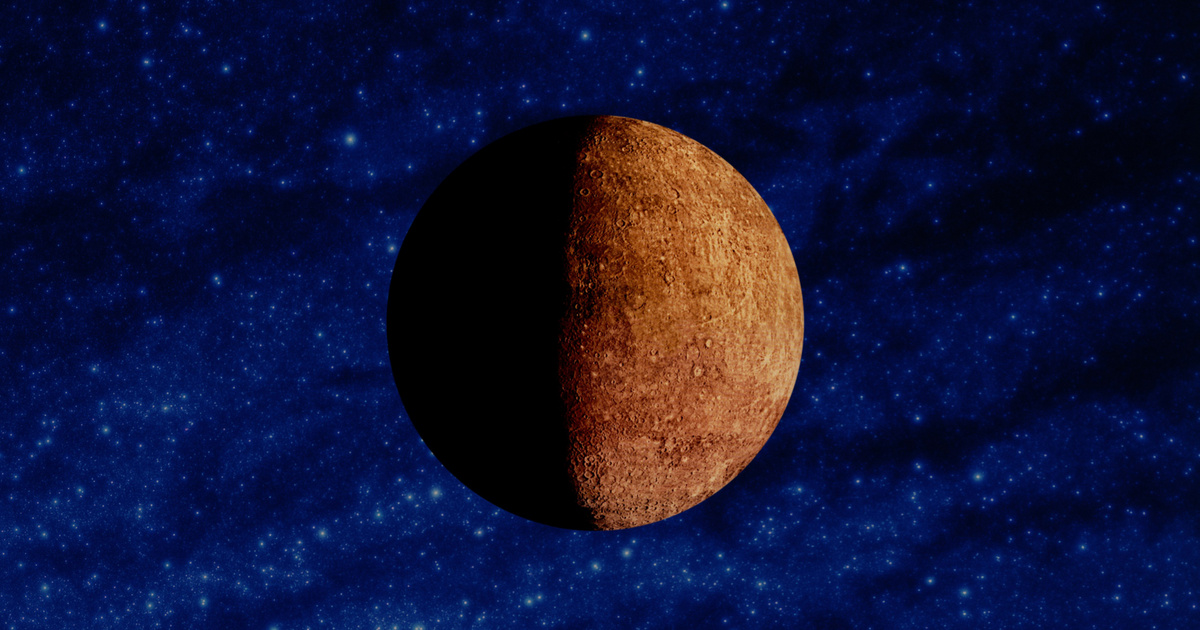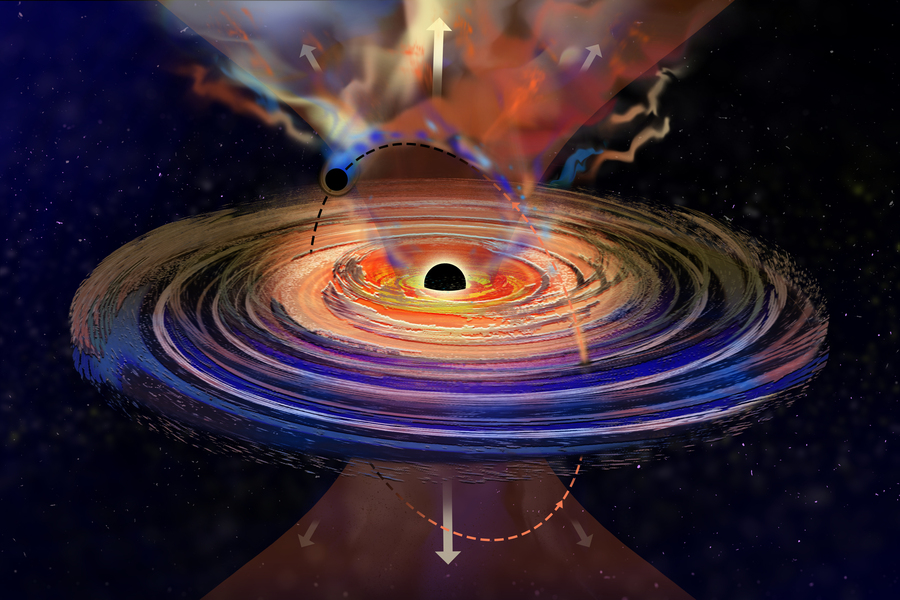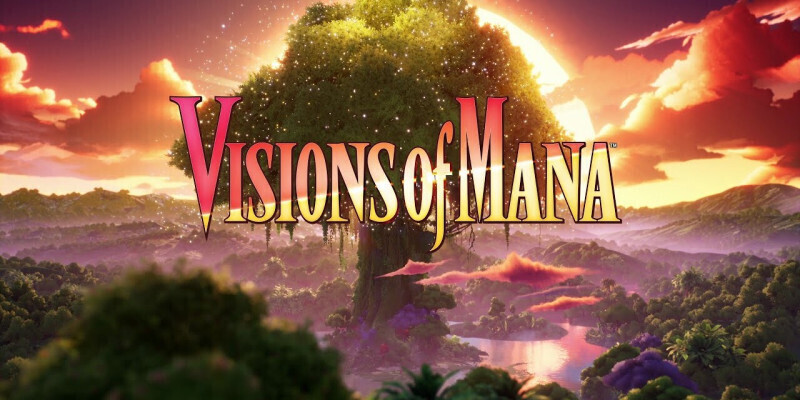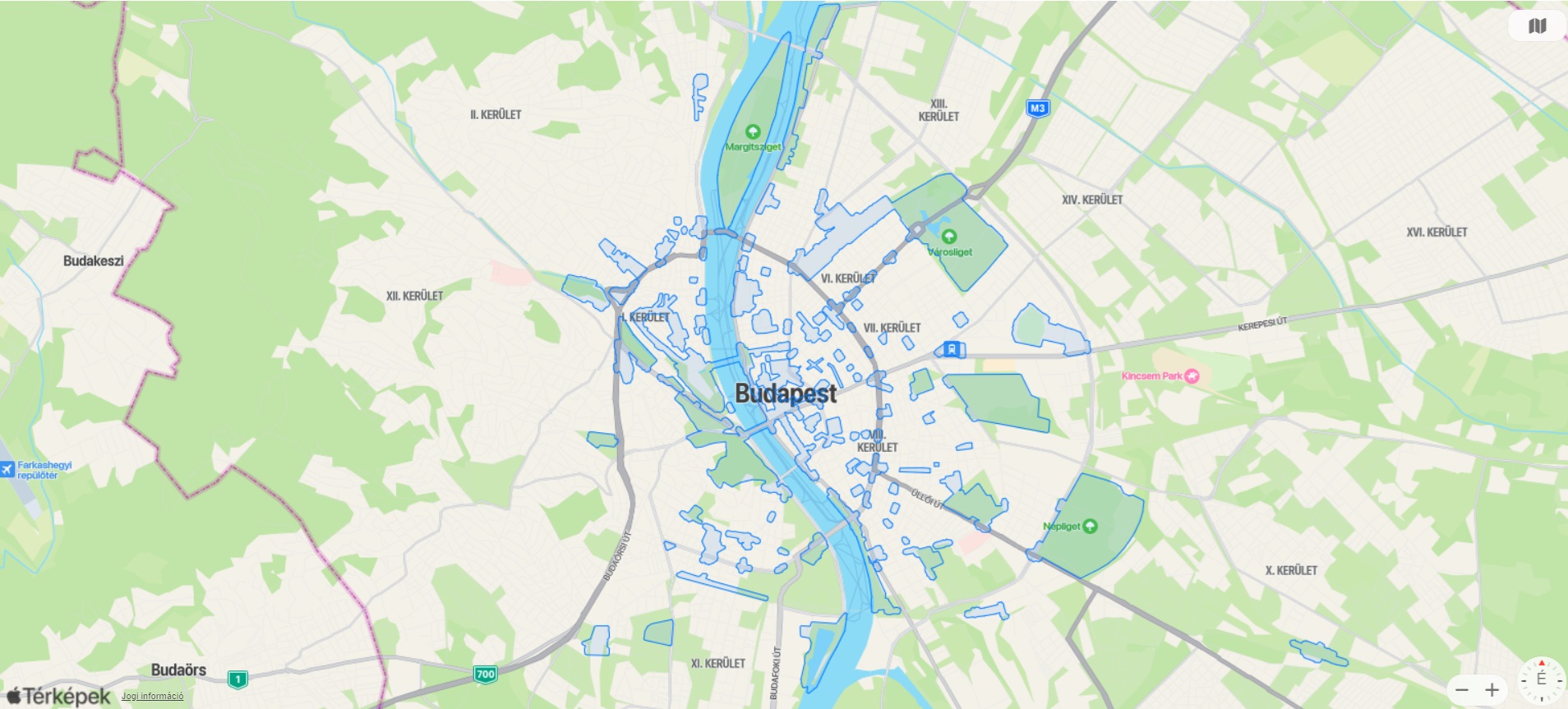The origin of families with different resonances in the asteroid belt between Jupiter and Mars is not yet fully known. Members of the ELKH-ELTE Astrometry Research Group, Judit Slez-Balog, Daniel Horvath, and Gabor Horvath investigated a semi-analytic 3D celestial mechanics model of the Sun-Jupiter system using computer simulations in n:m resonance with Jupiter (that is, until Jupiter orbits around the sun n times, even an asteroid m times) a potential new capture mechanism for families of asteroids orbiting the sun.
Source: ELTE
The number and trajectory of particles captured along Jupiter’s current orbit has been tracked for 7,000 orbits of Jupiter. They found that in addition to the Trojan and Greek asteroid families (which are in 1:1 resonance with Jupiter), the 4:3, 4:5, 3:4, 2:3, 5:8, 4:7 and 5:9 asteroids resonate. They can also originate from the vicinity of the stable L4 and L5 Lagrangian points, as well as from particles trapped in the unstable L3 point and other regions of Jupiter’s orbit.
They also found two new, previously unknown families of resonances that orbit the Sun at 4:5 and 3:4 resonance with Jupiter. In the latter, astronomers have not yet observed any asteroids.
It is an interesting result that the computer modeling also showed the orbits of resonant asteroids that are triangular, quadrangular, pentagonal, and horseshoe-shaped.

Source: ELTE
Jupiter revolves around the sun as a gravitational patron, often grazing asteroids around the sun in geometrically regular orbits like a shepherd dog, thus protecting the planets and moons of the inner solar system from asteroids coming from the outer belt at a speed not much different from Jupiter by drawing a gravitational shield .
Study results in the official journal of the International Academy of Astronautics, is It is published in the journal Acta Astronautica.













:quality(70)/cloudfront-eu-central-1.images.arcpublishing.com/dlnews/5CTNUPRXDRE6NG2YVU7MDQJSHI.jpg)

